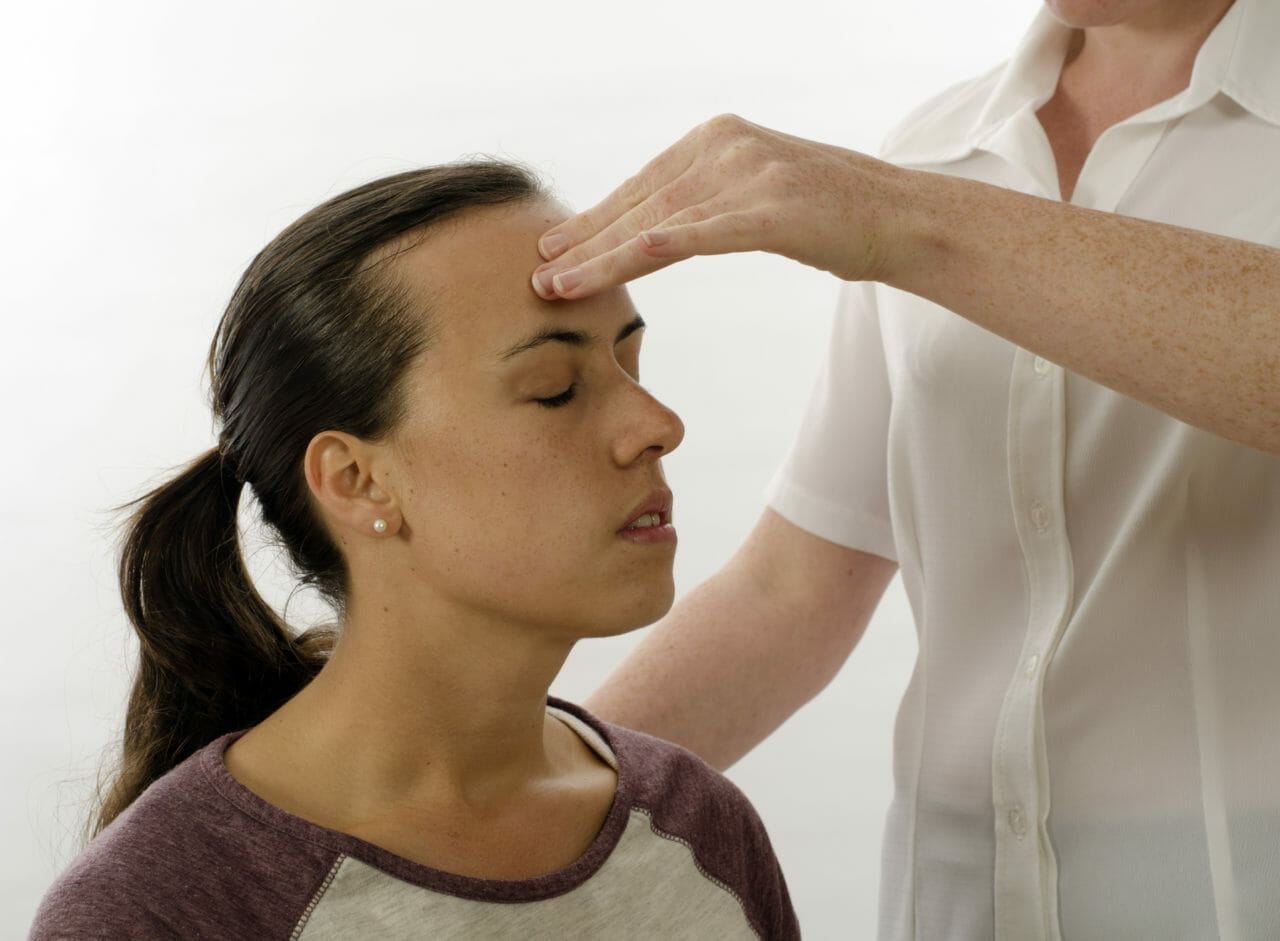At any given moment throughout the day, when performing just about any given activity, our vestibular system is responsible for keeping us balanced. For most of us, we hardly even think about how much we use this system as we go about tasks like walking up stairs, standing from a chair or crossing the street, but for anyone with a balance disorder, some of these otherwise-basic tasks that we take for granted can be very difficult.
The vestibular system is the sensory system that provides the brain with the most important information regarding the body’s sense of balance and spatial orientation in order to coordinate our movements smoothly. The system detects motion of the head—mainly through the inner ear, as well as the eyes, muscles and joints—and from this generates reflexes that are crucial for our daily activities. Some of these essential tasks include stabilizing our visual gaze and maintaining the posture of our head and body.
When the vestibular system functions normally and properly, most people are unaware of it and don’t think twice about activities like walking on uneven surfaces or arising from our beds in the middle of the night. When certain disorders affect the vestibular system, however, various symptoms can come about, the most common of which are dizziness, vertigo and balance problems. Vestibular disorders can also lead to nausea, anxiety, fatigue, hearing changes and difficulty concentrating in certain cases.
There are a number of causes of dizziness and vertigo, but two of the most common vestibular problems are benign paroxysmal vertigo disorder (BPPV) and vestibular neuritis and labyrinthitis. Both of these vestibular disorders occur due to different problems with the inner ear, and cause a change in the information being received by the brain from the vestibular system. For this reason, adaptation exercises may be used in order to help each patient’s brain adapt to new signaling from the vestibular system.
At Dynamic Sports Physical Therapy in New York City, we recommend the use of gaze stabilization exercises, which help allow the eye, inner ear and brain to recalibrate after damage to the inner ear. Visual fixation of a target is a key gaze stabilization exercise and can be performed as follows:
- Keep your eyes fixed on a single stationary target held in hand or placed on a wall 3-10 feet away
- Move head from side to side for 30 seconds, and repeat three times
- Repeat three more times while your moving head up and down for 30 seconds
- Do three sessions per day
Gaze stabilization exercises aren’t the only way we can manage your balance disorders in New York City. We also offer balance-retraining exercises, which improve coordination of muscular responses for balance control, as well as canal repositioning maneuvers for patients with BPPV. If you’re experiencing any type of balance problems from a vestibular disorder, contact Dynamic Sports Physical Therapy in New York City at 212-317-8303 to find out what services we have available for your condition.

